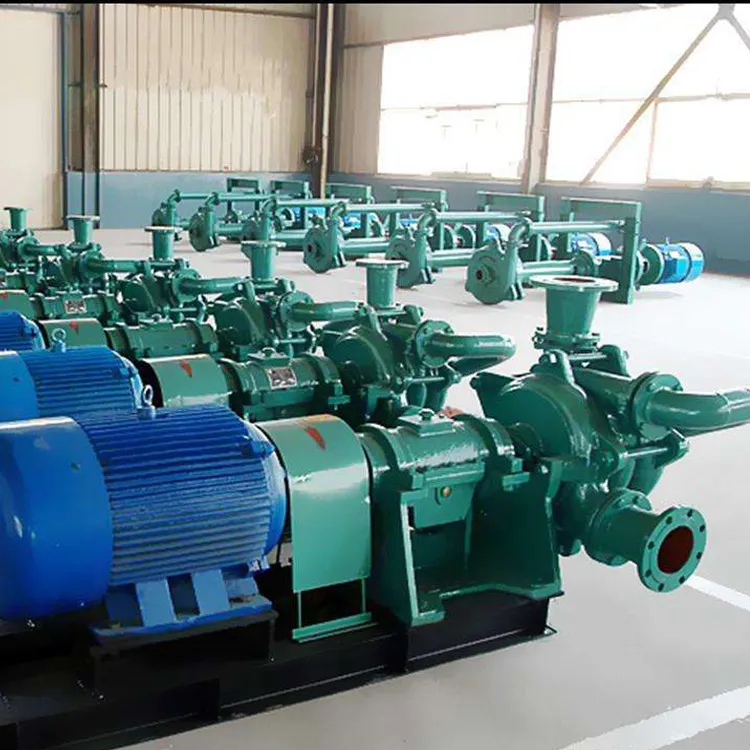Pashto
- Afrikaans
- Albanian
- Amharic
- Arabic
- Armenian
- Azerbaijani
- Basque
- Belarusian
- Bengali
- Bosnian
- Bulgarian
- Catalan
- Cebuano
- Corsican
- Croatian
- Czech
- Danish
- Dutch
- English
- Esperanto
- Estonian
- Finnish
- French
- Frisian
- Galician
- Georgian
- German
- Greek
- Gujarati
- Haitian Creole
- hausa
- hawaiian
- Hebrew
- Hindi
- Miao
- Hungarian
- Icelandic
- igbo
- Indonesian
- irish
- Italian
- Japanese
- Javanese
- Kannada
- kazakh
- Khmer
- Rwandese
- Korean
- Kurdish
- Kyrgyz
- Lao
- Latin
- Latvian
- Lithuanian
- Luxembourgish
- Macedonian
- Malgashi
- Malay
- Malayalam
- Maltese
- Maori
- Marathi
- Mongolian
- Myanmar
- Nepali
- Norwegian
- Norwegian
- Occitan
- Pashto
- Persian
- Polish
- Portuguese
- Punjabi
- Romanian
- Russian
- Samoan
- Scottish Gaelic
- Serbian
- Sesotho
- Shona
- Sindhi
- Sinhala
- Slovak
- Slovenian
- Somali
- Spanish
- Sundanese
- Swahili
- Swedish
- Tagalog
- Tajik
- Tamil
- Tatar
- Telugu
- Thai
- Turkish
- Turkmen
- Ukrainian
- Urdu
- Uighur
- Uzbek
- Vietnamese
- Welsh
- Bantu
- Yiddish
- Yoruba
- Zulu
Telephone: +86 13120555503
Email: frank@cypump.com
Dec . 04, 2024 20:28 Back to list
submersible pump water
Understanding Submersible Water Pumps A Comprehensive Guide
Submersible pump systems are essential in various applications, from residential settings to industrial operations. These pumps are designed to operate while submerged underwater, making them ideal for pumping water from wells, basements, and other flooded areas. This article explores the mechanics, applications, benefits, and considerations of using submersible water pumps.
How Submersible Pumps Work
A submersible pump is a type of pump that is hermetically sealed and submerged in the fluid it is pumping. The main components of a submersible pump include a motor, impeller, and a pump casing. The motor is typically located at the bottom of the pump, surrounded by fluid, which helps with cooling. As the motor turns, it drives the impeller, which creates a vacuum that draws fluid into the pump and pushes it out through the discharge pipe.
One of the key advantages of submersible pumps is their efficiency. Because they operate underwater, they do not require a suction line, which can lead to a loss of efficiency in other types of pumps. Additionally, their design helps to reduce noise levels, making them suitable for residential use without disturbing the surrounding environment.
Applications of Submersible Pumps
Submersible water pumps are widely used in various applications. Here are a few common scenarios
1. Groundwater Extraction In agricultural settings, submersible pumps are used to draw water from wells for irrigation, making them a vital component in farming operations.
2. Residential Water Supply For homes relying on groundwater, submersible pumps are often installed in wells to provide a consistent water supply for daily use.
3. Flood Management In areas prone to flooding, submersible pumps can quickly remove excess water from basements, construction sites, or flooded regions, preventing property damage.
4. Wastewater Treatment In sewage systems, submersible pumps are employed to pump wastewater from one location to another, aiding in the treatment process and ensuring sanitation.
5. Industrial Applications In manufacturing facilities, submersible pumps are used to manage water levels in tanks, keeping equipment and processes running smoothly.
Benefits of Submersible Pumps
submersible pump water

Submersible pumps offer numerous advantages, including
- High Efficiency As mentioned earlier, they operate effectively without the need for suction lines, maximizing productivity.
- Durability Due to their design and the materials used in construction, submersible pumps are built to withstand harsh conditions, including corrosive environments.
- Space-saving Design Their compact design allows them to fit into tight spaces, making them ideal for various applications where space is a constraint.
- Low Noise Operation Being submerged in water helps to muffle operational noise, making them a quieter alternative compared to other pumps.
Considerations Before Purchase
Before investing in a submersible pump, several factors should be considered
- Pump Size and Capacity It’s essential to choose a pump that meets the specific requirements of its intended use, including flow rate and head height.
- Material Composition Depending on the fluid being pumped, different materials may be necessary. For corrosive fluids, stainless steel or specialized plastics may be needed.
- Power Source Submersible pumps can be powered by electricity or gasoline, and the choice will depend on the set-up and availability of power in the operating location.
- Maintenance Needs Regular maintenance is crucial to ensure optimal performance and longevity. Users should familiarize themselves with maintenance requirements.
In conclusion, submersible water pumps are versatile and efficient instruments essential in various applications. Understanding their operation, benefits, and considerations will aid in making an informed decision when selecting the right pump for your needs. Whether for agricultural use, residential water supply, or industrial applications, these pumps play a pivotal role in water management and resource conservation.
-
Horizontal Split Case Pump with GPT-4 Turbo | High Efficiency
NewsAug.01,2025
-
ISG Series Pipeline Pump - Chi Yuan Pumps | High Efficiency, Durable Design
NewsAug.01,2025
-
Advanced Flue Gas Desulfurization Pump with GPT-4 Turbo | Durable & Efficient
NewsJul.31,2025
-
ISG Series Vertical Pipeline Pump - Chi Yuan Pumps | Advanced Hydraulic Design&Durable Construction
NewsJul.31,2025
-
ISG Series Vertical Pipeline Pump - Chi Yuan Pumps | Energy Efficient & Low Noise
NewsJul.31,2025
-
pipeline pump - Chi Yuan Pumps Co., LTD.|High Efficiency&Low Noise
NewsJul.31,2025










